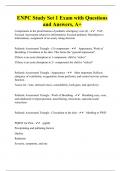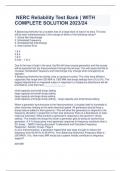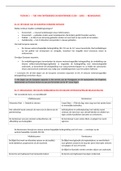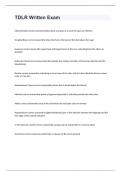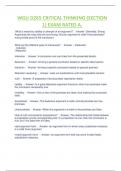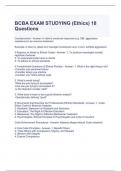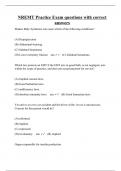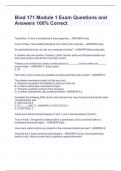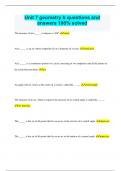Examen
ENPC Study Set 1 Exam with Questions and Answers, A+
Components in the prioritization of pediatric emergency care (4) - PAT, Focused Assessment (objective information), Focused pediatric Hx(subjective information), assignment of an acuity rating decision Pediatric Assessment Triangle : (3) components - Appearance. Work of Breathing. Circulat...
[Montrer plus]
